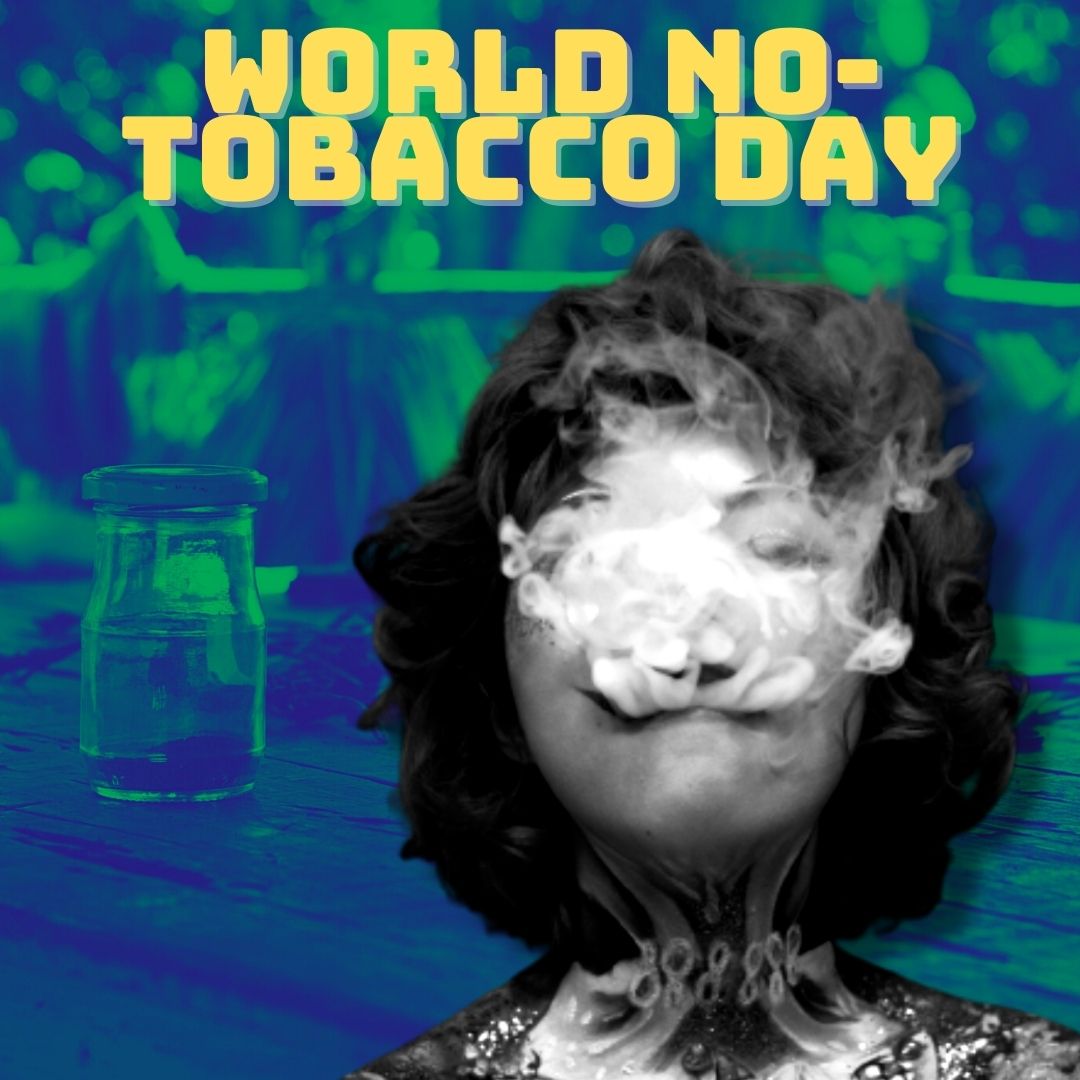From Waste Generation To Deforestation: Here Are Some Deadly Impacts Of Tobacco On Our Environment
Writer: Mrinalini Kaushik
She is a student of journalism, keen on learning new ways to unlearn, deconstructing news and life. Interested in exploring new media as medium is the message. Avid follower of sports and politics
Others/World, 31 May 2022 7:28 AM GMT
Editor : Snehadri Sarkar |
While he is a massive sports fanatic, his interest also lies in mainstream news and nitpicking trending and less talked about everyday issues.
Creatives : Snehadri Sarkar
While he is a massive sports fanatic, his interest also lies in mainstream news and nitpicking trending and less talked about everyday issues.
On World No Tobacco Day, World Health Organisation has presented this year's theme as 'Tobacco: poisoning our planet', highlighting the ecological burden tobacco poses and how it's one of the biggest polluters globally.
World No Tobacco Day is conducted on May 31 every year, and this time, World Health Organisation (WHO) released the theme, 'Tobacco: poisoning our plant', to indicate that it not only kills 80 lakh people in one year but also accounts for the felling of 60 crore trees and 5 per cent of the world's deforestation and depletion of water resources.
Tobacco Industry Killing Our Planet
WHO claimed in its recent report that the tobacco industry is one of the greatest polluters globally. In its report, tobacco consumption was listed as one of the factors which nullify the goals adopted by the United Nations (UN) on sustainable development by 2030. It kills people through consumption and destroys the environment through cultivation, production, waste generated and distribution. "The harmful impact of the tobacco industry on the environment is vast and growing, adding unnecessary pressure to our planet's already scarce resources and fragile ecosystems," cited by NDTV.
What Are The Environmentally Hazardous Effects?
Firstly, the tobacco industry accounts for 5 per cent of global deforestation with the loss of around 60 crore trees annually. It also affects the water table and resources, as reported by the Mint.
Secondly, the greenhouse gas emission produced by the tobacco industry is equivalent to one-fifth of the world's aeroplane greenhouse gas emissions, resulting in a significant carbon footprint.
Lastly, tobacco utilises a lot of plastic, whether it's cigarettes, tobacco buds, e-cigarettes, etc., thus, increasing plastic pollution. Especially cigarette butts, which are responsible for high littering. Cigarette filters also have microplastics which is the second-highest factor of plastic pollution in the world. These microplastic fragments pollute water bodies and are found in the deepest beds of oceans, harming aquatic life.
India's Role In Tobacco Pollution
As given by WHO, China, Brazil, and India are all developing countries with the most extensive tobacco farming regions. According to the Tobacco Institute of India, India is the second-largest tobacco-producing country after China, with 80 crore kilograms of tobacco being grown in 2019.
Recently, Mary Anne Charity Trust (MACT) released its research on the annual waste of tobacco products, where Tamil Nadu accounted for 8,238 tonnes of tobacco waste in one year, as reported by The New Indian Express.
MACT Founder, S Cyril Alexander, stated that they had given some suggestions to the authorities, such as banning the use of plastic in tobacco. He further noted, "Manufacturing companies should be responsible for removing waste products or the government should collect money from them for clearing the waste."
 All section
All section














